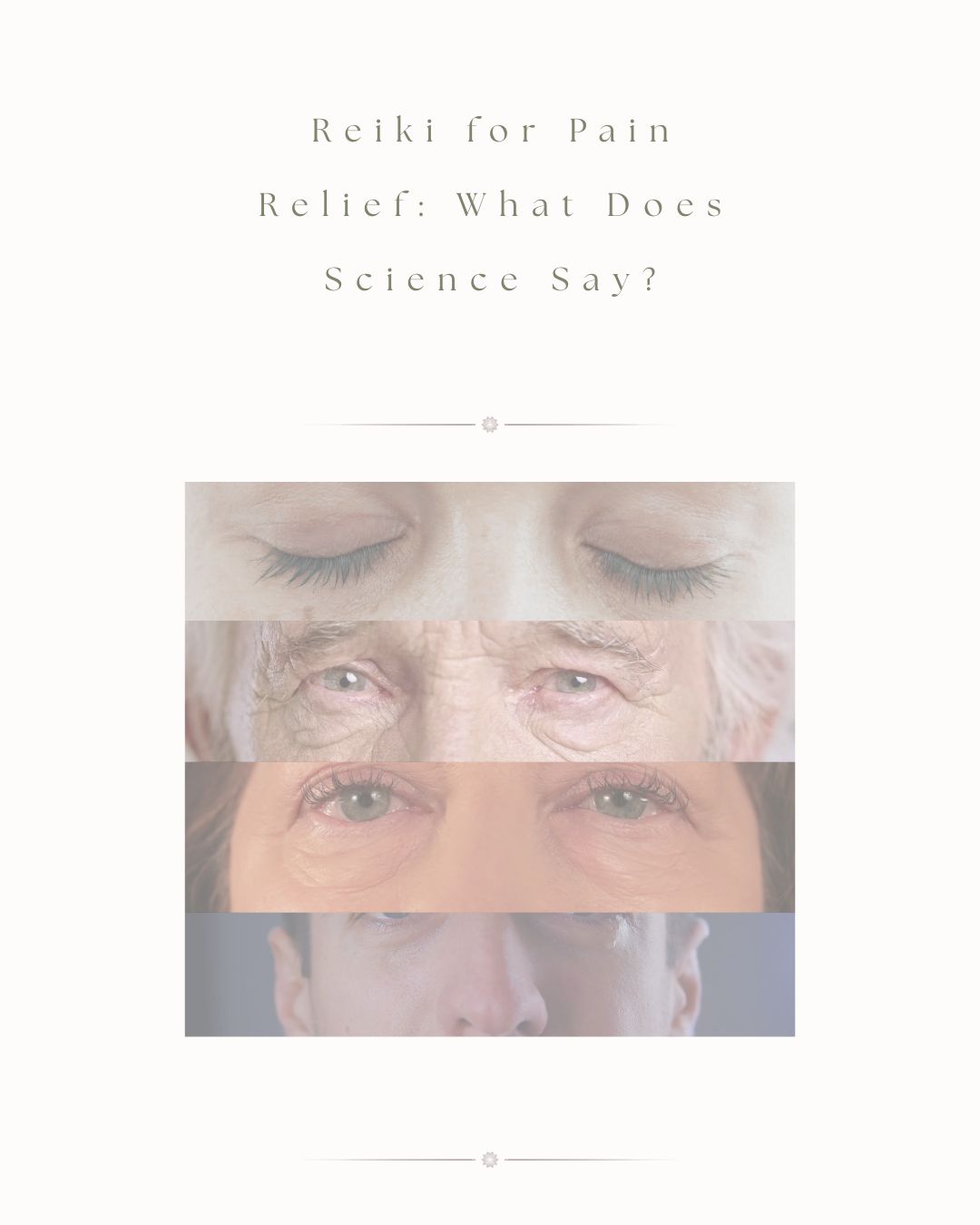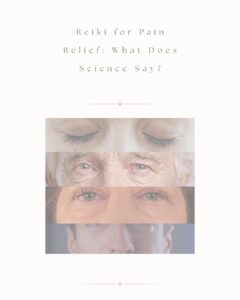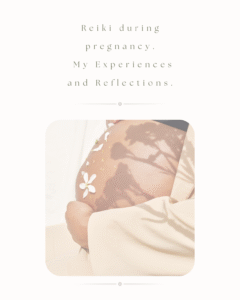Reiki is gaining recognition as a potential complementary therapy for pain relief.
But does science support these claims?
What is Reiki?
Reiki involves channeling energy through the practitioner’s hands to restore balance in the body. Many patients report deep relaxation and reduced tension during sessions, but is there evidence that Reiki can actually ease pain?
Scientific Evidence: What Clinical Studies Reveal
- Pain in Knee Osteoarthritis
A 2024 randomized controlled trial (RCT) studied 42 patients with knee osteoarthritis. Those who received Reiki (including distant Reiki) reported a significant reduction in pain measured by the Visual Analog Scale (VAS) and improved joint function (WOMAC scale)¹. - Reiki in Palliative Care for Cancer Patients
In a 2023 study involving 156 advanced cancer patients, Reiki sessions twice a week for one month significantly reduced pain, fatigue, and the need for pain medications². - Meta-analysis on Reiki for Pain Relief
A 2017 meta-analysis of four RCTs with 212 participants found that Reiki was more effective than placebo in reducing pain (mean difference of –0.93 on the VAS scale)³.
Should You Try Reiki for Pain?
While Reiki is not a replacement for medical treatment, it is a safe, non-invasive complementary therapy that may help manage chronic pain and stress-related conditions.
As researchers state:
“Reiki could be a valuable complementary tool for pain management, but more rigorous large-scale studies are needed”⁴.
References
- Yüceer Y, Tan M. (2024). PMID: 38546686
- Hosseini S, et al. (2023). PMID: 36476354
- Dogan MD. (2017). PMID: 29551623
- Lee MS, Pittler MH, Ernst E. (2008). PMID: 18410352




